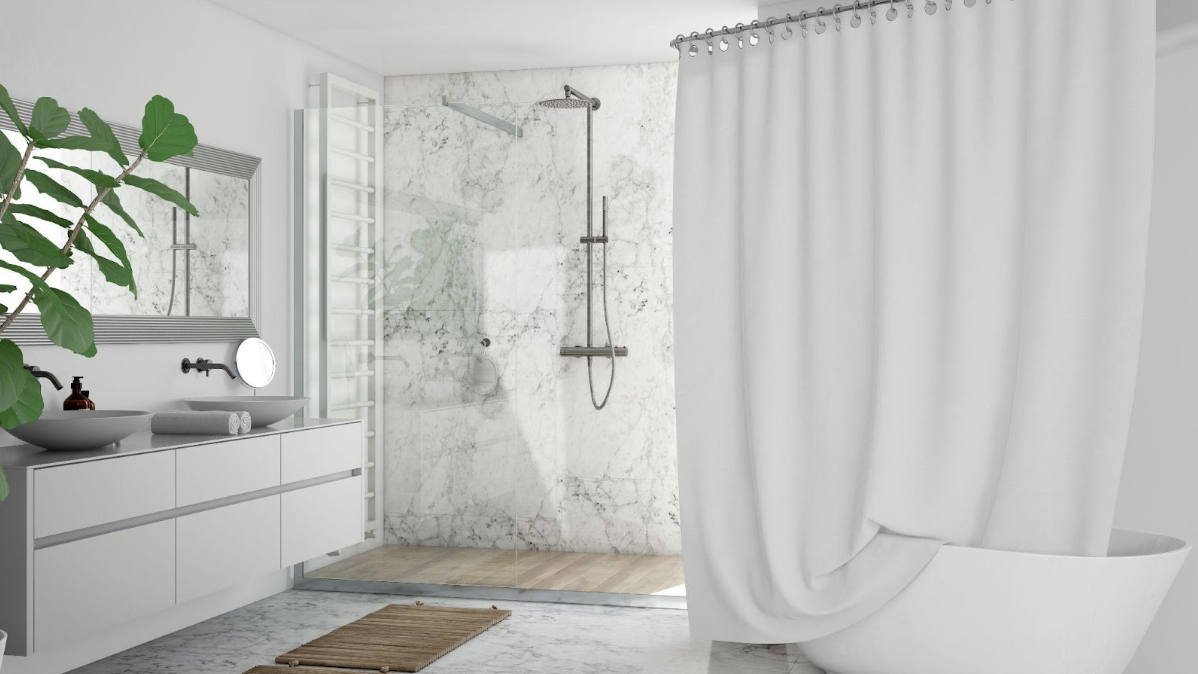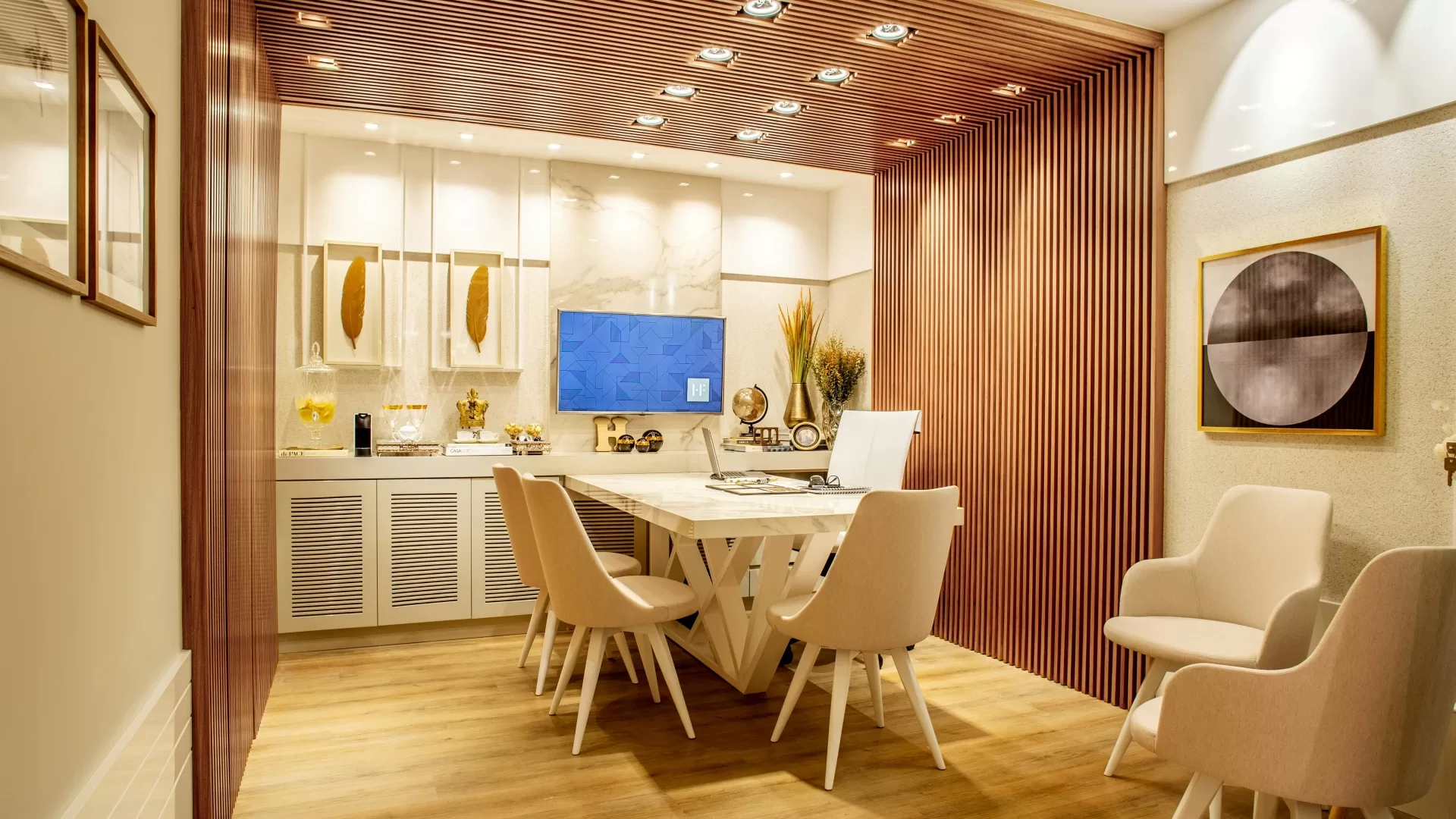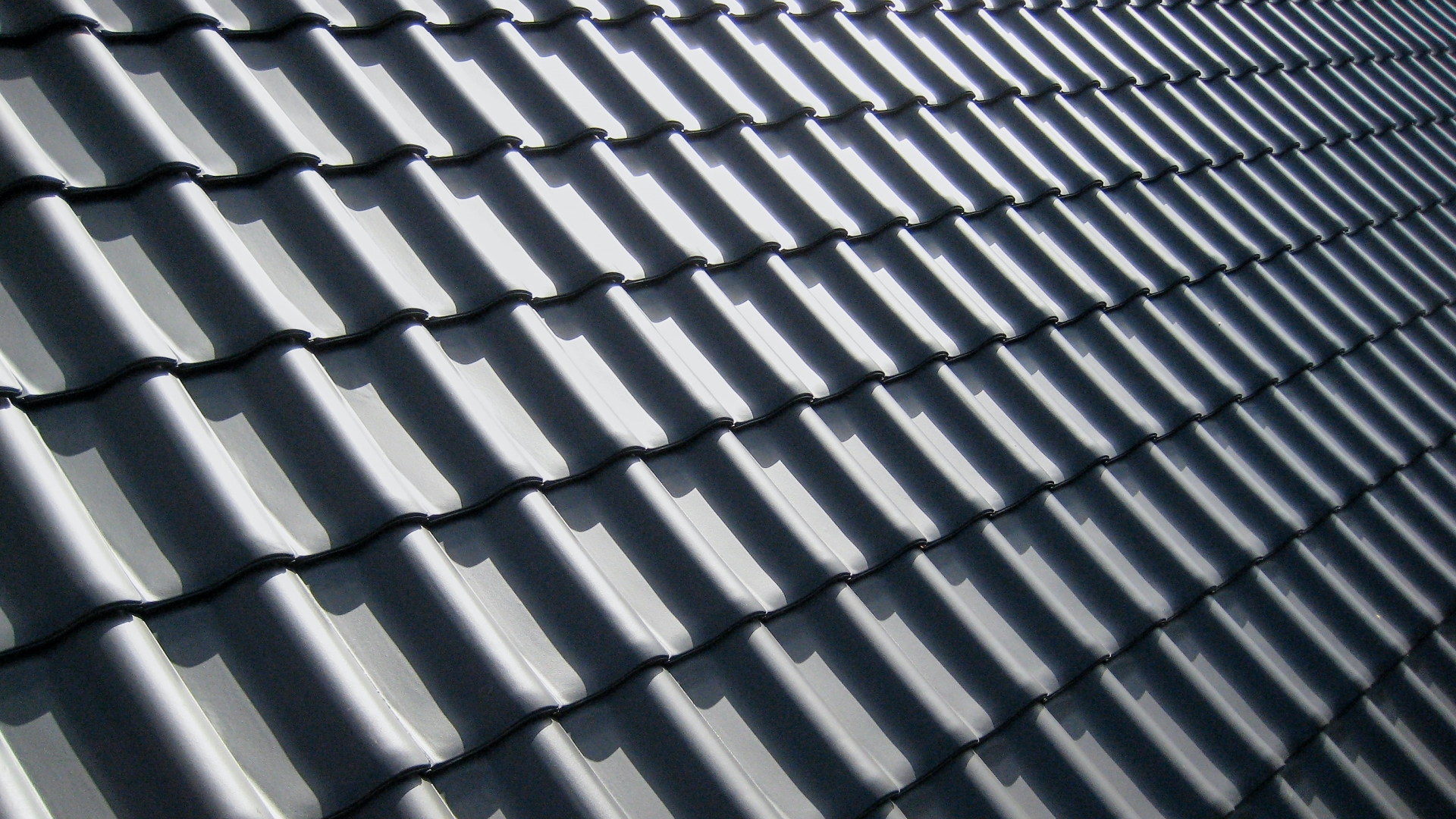The intersection of residential architecture and sustainable energy solutions is increasingly crucial in our rapidly changing world. Integrating advanced energy storage systems has become a central element in this evolution, profoundly impacting how we design, build, and live in our homes. This comprehensive exploration looks at the transformative role of energy storage in residential architecture, examining its influence on everything from aesthetic design to functional efficiency.
The Evolution Of Energy Storage In Home Design
Energy storage systems have come a long way and are now widely recognized as the cornerstone of contemporary sustainable living. Initially, these systems were cumbersome and often clashed with the design aesthetics of a home. However, the latest advancements have brought about more harmonious and attractive solutions. Modern homes are conceptualized with energy storage as a fundamental component, resulting in designs that are as visually appealing as they are functional. Architects and designers now prioritize incorporating these systems to complement the home’s aesthetics, often using them as unique design elements. This evolution marks a significant shift from a purely practical to an integrated, design-conscious approach.
Integrating Energy Storage With Renewable Energy Sources
A central aspect of modern residential architecture is the synergy between energy storage systems and renewable energy sources like solar panels. This fusion significantly boosts energy efficiency and offers homeowners a dependable power source, which is crucial during utility outages. Leading-edge technologies like SAJ are pivotal in this arena, offering state-of-the-art solutions that cater to the nuanced needs of homeowners. This integration provides an eco-friendly energy solution and adds to the architectural character of homes, making sustainability an intrinsic part of the design.
Maximizing Space And Efficiency
With the adoption of s, architects have been prompted to reimagine the use of space in residential structures. When thoughtfully integrated, these systems can dramatically enhance both spatial and energy efficiency. This shift in design perspective not only ensures optimal utilization of living spaces but also significantly contributes to the ecological footprint of the residence. This approach has led to multifunctional spaces where energy storage systems are seamlessly incorporated into elements like walls, basements, or standalone features that serve dual purposes, combining utility with aesthetic appeal.
Cost-Effectiveness And Return On Investment
The financial implications of integrating energy storage systems into homes are crucial. While the upfront costs can concern homeowners, the long-term benefits, including lower utility bills and increased property values, make for a compelling investment. This aspect has a transformative effect on homeowners’ perspectives, encouraging them to view energy storage as an expense and a wise investment in sustainability and future savings. These systems’ increasing affordability and efficiency make them accessible to a broader range of homeowners, further driving their adoption.
Adapting To Changing Energy Needs
Energy needs are continually evolving, and residential architecture must adapt accordingly. Energy storage systems offer the flexibility needed to meet these changing demands, ensuring that homes remain efficient and sustainable in the long term. This adaptability is particularly important in escalating environmental challenges and a rapidly shifting global energy landscape. These systems respond dynamically to varying energy requirements, ensuring homes remain self-sufficient and environmentally conscious.
Ensuring Resilience In Adverse Conditions
The importance of energy storage systems in maintaining power during adverse conditions cannot be overstated. In areas prone to natural disasters or power outages, these systems provide a critical safety net, storing excess energy for use when needed. This resilience ensures continuous power and adds a layer of security and comfort for residents. The ability to remain self-sufficient during emergencies is a compelling aspect of modern residential design, making homes safer and more resilient in the face of unpredictable environmental conditions.
The Role Of Smart Technology In Energy Management
The integration of smart technology is revolutionizing the management of energy storage systems in residential settings. Intelligent monitoring and automated control systems allow homeowners to optimize energy usage, resulting in significant cost savings and reduced environmental impact. These smart-systems provide real-time data and analytics, enabling precise energy management and predictive maintenance, thereby enhancing the overall efficiency and lifespan of the storage systems. Incorporating these technologies is a defining feature of contemporary residential architecture, symbolizing the convergence of sustainability, innovation, and convenience.
Conclusion
Integrating energy storage systems into residential architecture represents both a trend and a necessity in pursuing sustainability and efficiency. These systems have not only revolutionized home design but have also redefined the paradigms of energy management and resilience. They have become an essential element of modern homes, offering innovative and sustainable solutions that will continue to evolve and shape the future of residential architecture. As we progress, we expect to see even more groundbreaking developments in this field, further enhancing our living spaces and the environment.











